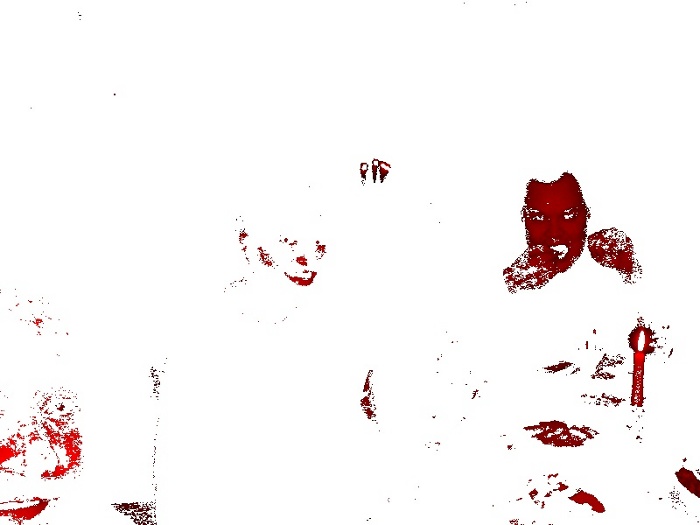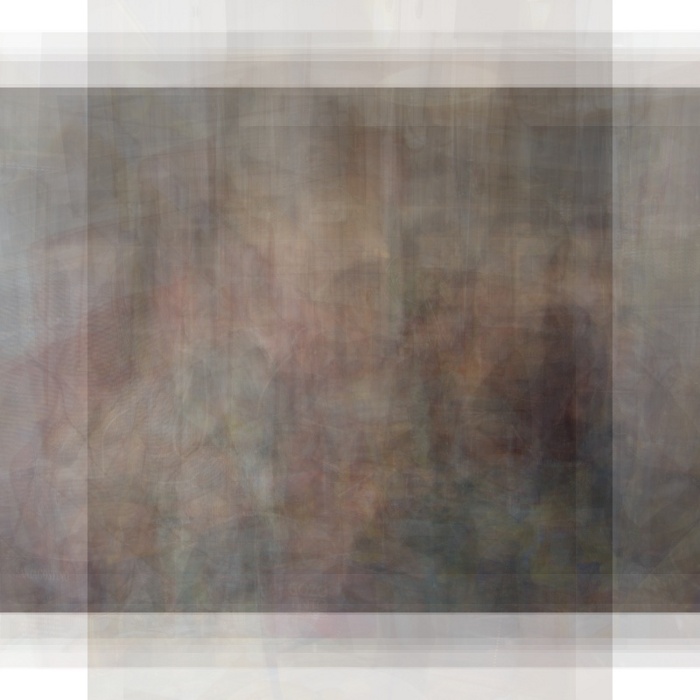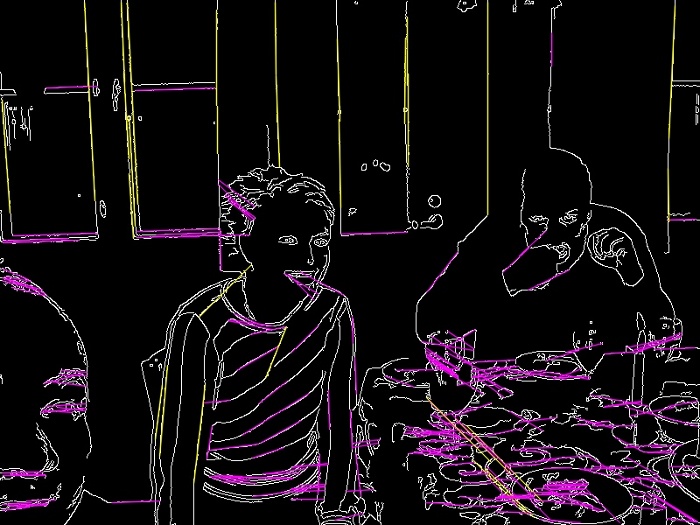Different orders coexist
Data laundry
An image in conversation
Imagine a picture
Viewed through the lens of an algorithm
The divisible present
Shared objects
When starting an archive project, one reveals the sociality inherent in the documents. All items in an archive are shared objects. They are produced in a transaction, through collaboration with instruments (pen, paper, camera, recorder, etc), software agents (programs, algorithms) and people. Every object embeds a web of relationships, and these relationships are framed by the law.
By making an integral documentation of his life through different media, Erkki generated an impressive amount of shared objects. The different people, and instruments will have their say in how the images, sound files may be communicated. At this early stage, the identification of these relationships has hardly begun. The law therefore acts as a filter through the intermediary of the lawyer and policies of the Finnish Archive. A shared object cannot be published until its different co-owners are identified and have reached an agreement. A dialogue in which the lawyers will connect each item to different articles of the Finnish Law (and probably international law) regarding privacy, copyright, etc.
The gray literature of database culture deserves our attention as much as the prosaic aspect of bit-level organization. The legal documents, the agreements between the different stakeholders are not mere obstacles to overcome as quickly as possible to obtain the most complete visibility of the documents gathered and produced by Kurenniemi. The strength of the legal approach is that it forces us to consider the images as sites of attachment for various people. Therefore when legal protocols forbid the publication of the images until the people who are pictured have been contacted, the effect is not only hiding, it is also showing. It forces us to reconsider the image not as a given object that has been captured and framed, but as a connector, a shared object where the author does not possess all the rights.
Through the legal imperative of contacting the involved parties in the image, the deferred presence comes back with a vengeance. The (mostly) women who implicitly agreed to be filmed in the context of a shared event may well refuse to allow these images to be shown publicly. If Erkki’s presence was deferred, their refusal may as well be. They may have accepted what the photograph was doing in the present, but refuse once the photograph becomes an image, to be held prisoner by the reference.
Therefore the problem with privacy law is not that it re-opens the negotiation over the image, that it re-attaches the images to more people than their owner or producer. The problem comes with how it is responded to. If the response to the legal imperative is to divide the set of documents between the “safe” documents and the “problematic” ones, to publish the first and hide the last, then a demarcation line is produced. This line follows the division between what is private and what is public. The exact division that Erkki has questioned all his life is recorded on the same tape, in the same movement his sexual life, his meetings at work, his family meetings, his travels, his talks and his logbook. Another response would be algorithmic and often suggested by lawyers: to blur the parts of the images where somebody can be identified. But what can lead to identification? How far do the traces of the reference in the picture extend? And when blurring, what else do we show other than the sad spectacle of censorship?
Looking at the high definition version of a photograph is only one way to form an image in the back of our mind. If the condition for having a “retinal” access to the documents is to articulate the archive around the private and the public realm, to re-affirm this demarcation line, then we need urgently to follow other lines of operation.
If the images cannot be ‘shown’, – and perhaps this is a blessing rather than a tragedy – what can be shown are the relationships between them, as they can be narrated to us by agents to which we lend our reconfigured eyes. They can be sensed like a pulse, experienced as time capsules. Leaving aside the “retinal” approach to the image, we are learning from probes and experiments how the computerized visual traces of Erkki’s life let us feel temporal intensities, carnal distances and proximities. An image is an image is an image. But an image is also many stories told to us by voluble algorithms and their nonhuman points of view.

Color dominance. When one color component is 30 higher than the other two components, it is printed.
Previous: The divisible present

